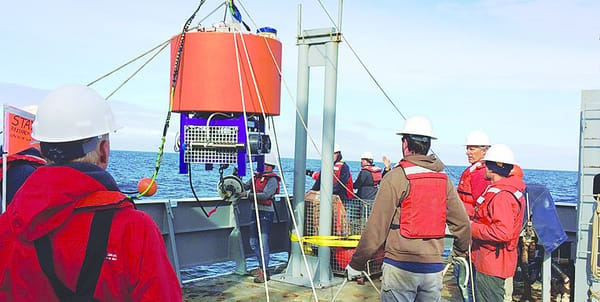Science, what’s good?
Our regular science column
16 and not pregnant
Good news for England; teen pregnancies have halved in the last 15 years. The newly published Lancet study aimed at investigating the effect of the Teenage Pregnancy Strategy (TPS) implemented by the government in 1999, the purpose of which was to reduce social exclusion of young parents due to teen pregnancy. The decline was more evident in deprived areas and in areas where more strategy-related resources were deployed. Although there is a global trend of pregnancies occurring later in the life-cycle of women than they did in earlier times, due to education and career often taking priority, the trend has been more apparent in England since the TPS came into effect, suggesting the governmental policy had a strong effect on the targeted demographic.
Wellings et al. 2016 @ The Lancet
Nap powered memories
If you’ve ever had to cram the night before an exam, this may not come as a surprise to you, but a new study has identified the crucial role of REM sleep in the process of memory consolidation. The team of researchers at the RIKEN Brain Science Institute, Japan, identified a particular brain circuit, the manipulation of which can prevent or enhance memory retention in mice, even during non-REM sleep. The researchers noticed that normal sleep helped mice remember the texture of surfaces. The brain circuit responsible for texture perception was then manipulated at different stages of sleep, through sleep deprivation, silencing of the pathway and even stimulation of artificial activity in the brain of the test subjects. Depending on the manipulation, mice either failed to remember familiar textures, or at times their memory became twice as strong as normal. So don’t sacrifice your sleep kids. Especially the night before an exam.
Miyamoto et al. 2016 @ Science
Why no one likes landfills
Many studies over the years have highlighted the importance of our surroundings for mental and physical well-being. Earlier this year, Professor Mark Nieuwenhuijsen from the Centre for Research in Environmental Epidemiology claimed that living near expanses of green could prolong lifespans. So it comes as no surprise that living near landfills might have the opposite effect. Researchers in Italy investigated whether air pollutants emitted from landfills could have adverse effects on human health. They monitored 242,409 people from the Lazio region from 1996 to 2008. They found a strong association between deaths caused by lung cancer and other respiratory diseases, and hydrogen sulphide, as people living near landfills were exposed to on average seven times the concentration of the pollutant in comparison to people living a safe distance from landfills (e.g. Rome).
Mataloni et al. 2016 @ International Journal of Epidemiology
The end of co-adaptation
Many organisms on earth have co-adapted over millions of years and are now codependent. This codependence can be the cause of a mutual extinction though, if one organism becomes threatened. This is the scenario a tiny tentacled flatworm is facing, as it lives on the surface and often in the gills of a small freshwater crayfish from eastern Australia. The many species of mountain spiny crayfish have very small ranges and 75% of all species in the continent are endangered or critically endangered. Researchers from the UK and Australia looked into the risk of co-extinction through the use of computer simulations. They found that if all mountain spiny crayfish went extinct, 60% of all temnocephalan symbionts would follow the same road to oblivion, starting with the most evolutionarily distinct lineages. Such an event would mean the loss of up to 100 million years of evolutionary history.
McGregor et al. 2016 @ Learning Disabilities Research & Practice
The booze identity
You’d think that if there’s a clear indicator of alcoholism, it’s the consumption of alcohol. However, a study from North Carolina State University showed that posting about alcohol on social media might actually yield more information about the poster’s risk of alcoholism than their actual drinking habits. The researchers, who surveyed 364 actively drinking undergraduate students, found that the regular consumption of alcohol was connected with a certain “alcohol identity”, meaning the behaviour was considered an integral part of who the students were. This identity was broadcast on social media networks to coordinate, advertise and facilitate drinking. The researchers hope that their findings will help identify individuals at risk of alcoholism and aid policymakers in intervening where strong alcohol identities may indicate high risk populations.
Thompson & Romo 2016 @ Journal of Health Communication








